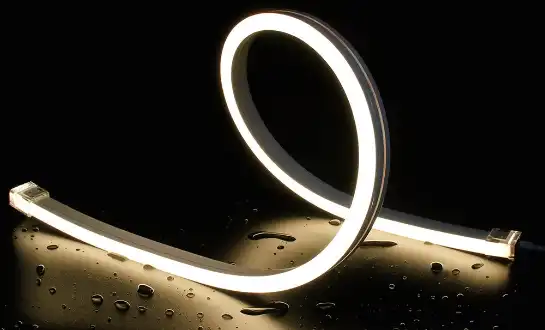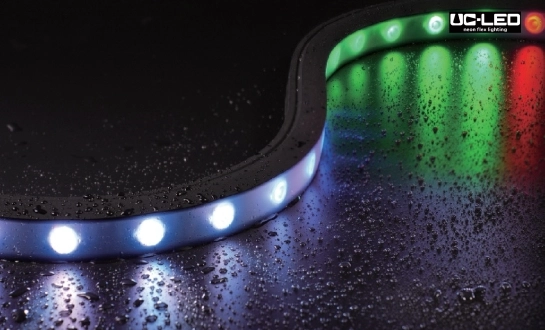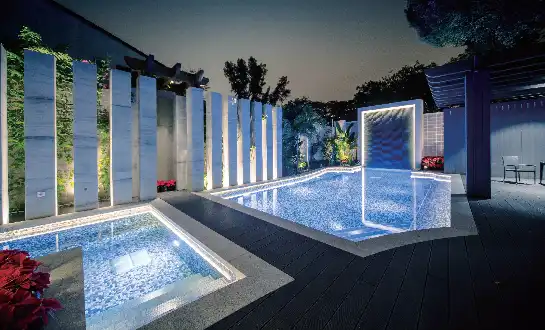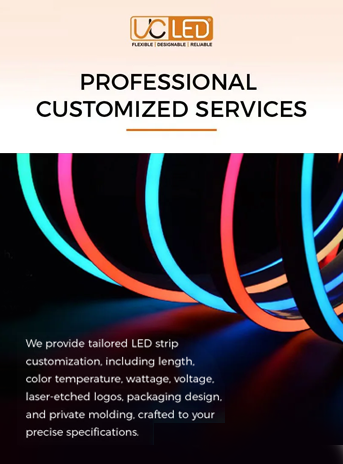The Art of Facade Lighting Design
The Art of Facade Lighting Design is a captivating blend of creativity, technology, and architectural vision. It transforms buildings into stunning visual spectacles after dark, enhancing their aesthetic appeal and creating memorable urban landscapes. This sophisticated practice involves carefully crafting light schemes that accentuate a structure's unique features, convey its character, and evoke specific emotions. From subtle illumination to dynamic color-changing displays, facade lighting design has the power to revitalize cityscapes, attract attention to landmarks, and contribute to a city's nocturnal identity. As an integral part of architectural illumination, it requires a deep understanding of light behavior, energy efficiency, and the interplay between light and architectural form.
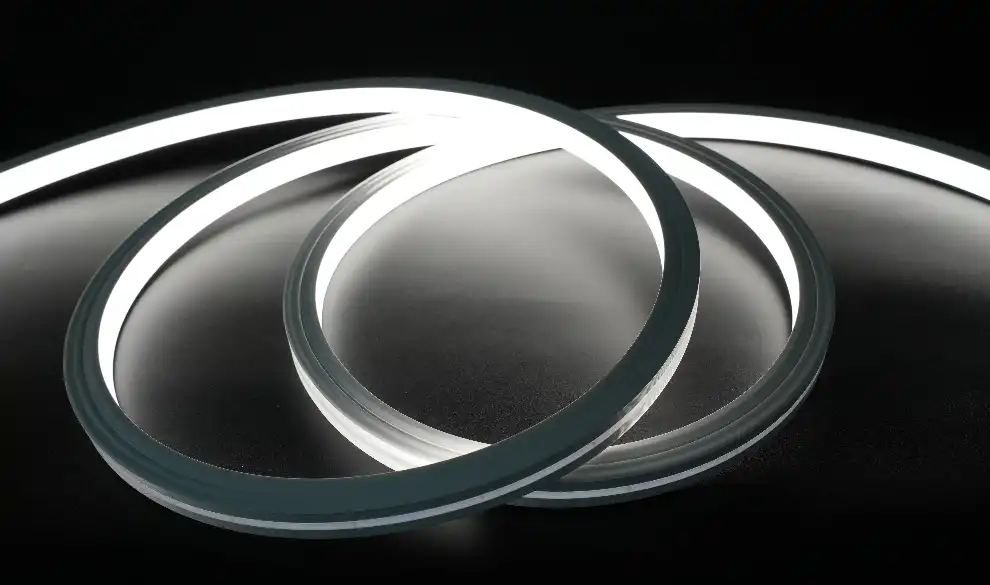
Grasping the Principles of Architectural Illumination
The Role of Light in Architecture
Architectural illumination plays a pivotal role in shaping our perception of built environments. It goes beyond mere functionality, serving as a powerful tool to highlight architectural features, create depth, and evoke emotions. When skillfully applied, light can transform a mundane structure into a breathtaking visual masterpiece, drawing attention to intricate details that might go unnoticed during daylight hours.
In the realm of facade lighting, designers must consider the interplay between light and shadow, using contrast to emphasize textures and forms. The strategic placement of luminaires can accentuate structural elements, reveal the building's geometry, and even create optical illusions that alter the perceived scale of the architecture.
Key Elements of Facade Lighting Design
Successful facade contour lighting design hinges on several key elements. Firstly, color temperature is crucial in setting the mood and atmosphere of a building. Warm tones can create a welcoming ambiance, while cooler temperatures might convey a more modern, sleek appearance. The flexibility of LED technology, such as the 2700-6500K range offered by some products, allows designers to fine-tune the color temperature to suit the building's character and surroundings.
Secondly, the intensity and distribution of light must be carefully calibrated. Uniform illumination can create a sense of calm and stability, while dramatic contrasts can add excitement and visual interest. The beam angle of fixtures, such as the 30°x45°x10° option mentioned in the product specifications, allows for precise control over light placement and spread.
Lastly, the integration of dynamic lighting effects can bring a facade to life. RGB and RGBW LED systems enable designers to create captivating color-changing displays, adding an element of interactivity and allowing buildings to respond to events or seasons.
Innovative Technologies Shaping Facade Lighting
Advanced LED Solutions
The advent of LED technology has revolutionized the field of architectural illumination. LED fixtures, such as the 3030 White/3030RGB/3030(2-in-1) types mentioned, offer unprecedented control over color, intensity, and distribution. Their long lifespan, often rated at 50,000 hours or more, ensures that facade lighting installations remain vibrant and effective for years with minimal maintenance.
Moreover, the energy efficiency of LEDs aligns with the growing emphasis on sustainable architecture. With power ratings as low as 18W/M, these lighting solutions can dramatically reduce energy consumption compared to traditional lighting methods, contributing to lower operational costs and reduced carbon footprints for buildings.
Flexible and Durable Lighting Systems
The development of flexible LED strips and wall washers has opened up new possibilities in facade lighting design. These versatile products, constructed from materials like high-quality TPU and PU, can conform to curved surfaces and irregular architectural features. Their flexibility allows for seamless integration with various architectural styles, from sleek modern designs to intricate historical facades.
The durability of these systems is equally impressive. With IP67 ratings or customizable waterproofing options, these lighting solutions can withstand harsh outdoor conditions, including rain, dust, and high humidity. This robustness ensures that facade lighting installations maintain their visual impact and functionality over time, even in challenging environments.
Designing for Impact: Strategies and Considerations
Balancing Aesthetics and Functionality
Effective facade lighting design requires a delicate balance between aesthetic appeal and practical considerations. While the primary goal is often to enhance the visual impact of a building, designers must also consider factors such as light pollution, energy efficiency, and the impact on surrounding areas.
One approach to achieving this balance is through the use of controllable lighting systems. DMX512 control modes, for instance, allow for precise adjustment of lighting levels and effects, enabling designers to create stunning displays while minimizing unnecessary illumination. This level of control also facilitates adaptive lighting schemes that can respond to ambient light conditions or time of day, further optimizing energy use.
Integration with Building Architecture
Successful facade contour lighting design should complement and enhance the building's architecture rather than overshadow it. This requires a deep understanding of the structure's form, materials, and historical or cultural significance. Designers must consider how light interacts with different surfaces, using it to accentuate textures, reveal depth, and highlight key architectural elements.
The choice of mounting accessories and installation methods plays a crucial role in this integration. Options like aluminum clips or flexible mounting profiles allow for discreet fixture placement, ensuring that the lighting hardware doesn't detract from the building's aesthetic during daylight hours. The ability to customize lengths, as mentioned in the product specifications (≤ 5 Meters Per Piece), provides further flexibility in adapting lighting solutions to specific architectural requirements.
Creating Dynamic and Interactive Facades
Modern facade lighting design often incorporates dynamic and interactive elements, transforming buildings into ever-changing canvases. This approach can involve color-changing displays, motion effects, or even reactive lighting that responds to environmental factors or human interaction.
The implementation of such systems requires sophisticated control technologies and carefully planned programming. However, the results can be truly spectacular, turning buildings into landmarks that captivate viewers and contribute to the vibrancy of urban nightscapes. These dynamic facades can serve various purposes, from artistic expression to conveying information or celebrating special events.
Conclusion
The art of facade lighting design represents a fascinating intersection of technology, creativity, and architectural vision. As LED technology continues to evolve and new control systems emerge, the possibilities for innovative and sustainable architectural illumination are boundless. Whether illuminating historic landmarks, modernizing commercial buildings, or creating immersive urban experiences, facade lighting has the power to transform our built environment and redefine how we perceive architecture after dark.
For those interested in exploring cutting-edge facade lighting solutions or seeking expert guidance on architectural illumination projects, we invite you to reach out to our team at Linda@uc-led.com. Our comprehensive range of LED lighting products and customization services can help bring your visionary facade lighting designs to life, creating stunning visual experiences that stand the test of time.
References
1. Smith, J. (2022). "Facade Lighting: Principles and Practice in Contemporary Architecture." Architectural Press, London.
2. Chen, L., & Wang, Y. (2021). "LED Technology in Modern Architectural Illumination." Journal of Sustainable Lighting, 15(3), 78-92.
3. Boyce, P. R. (2023). "Human Factors in Lighting, 4th Edition." CRC Press, Boca Raton.
4. Zielinska-Dabkowska, K. M. (2020). "Urban Lighting Masterplanning: A Holistic Design Approach." Routledge, New York.
5. Nakamura, S., & Krames, M. R. (2022). "History of Gallium-Nitride-Based Light-Emitting Diodes for Illumination." Nature Photonics, 16(1), 1-8.
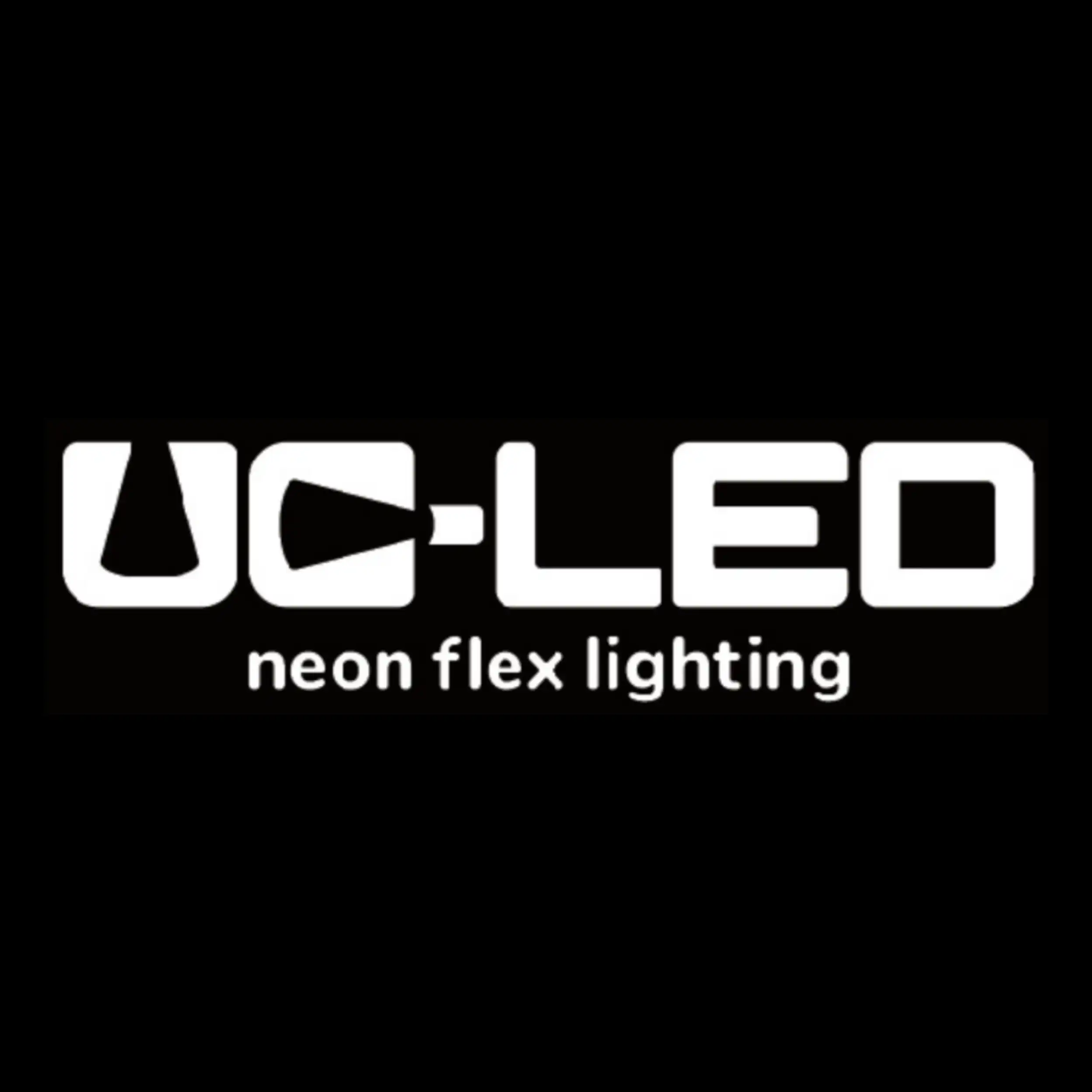
Looking for high-quality LED flexible strips? Click for a free quote in 24 hours!
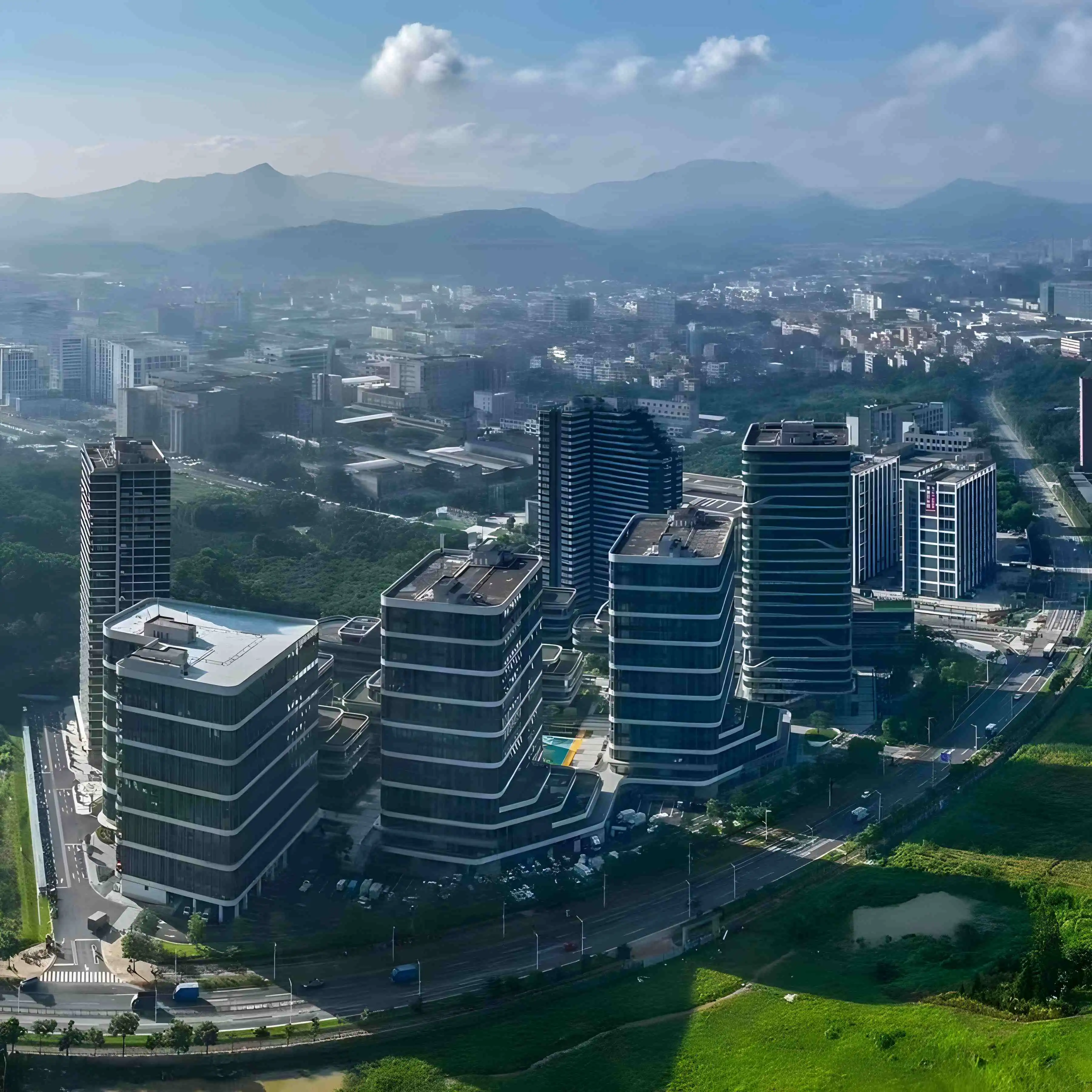
LED Neon Flex Strip Factory - Leading Professional Flexible LED Strip Manufacturer from China
